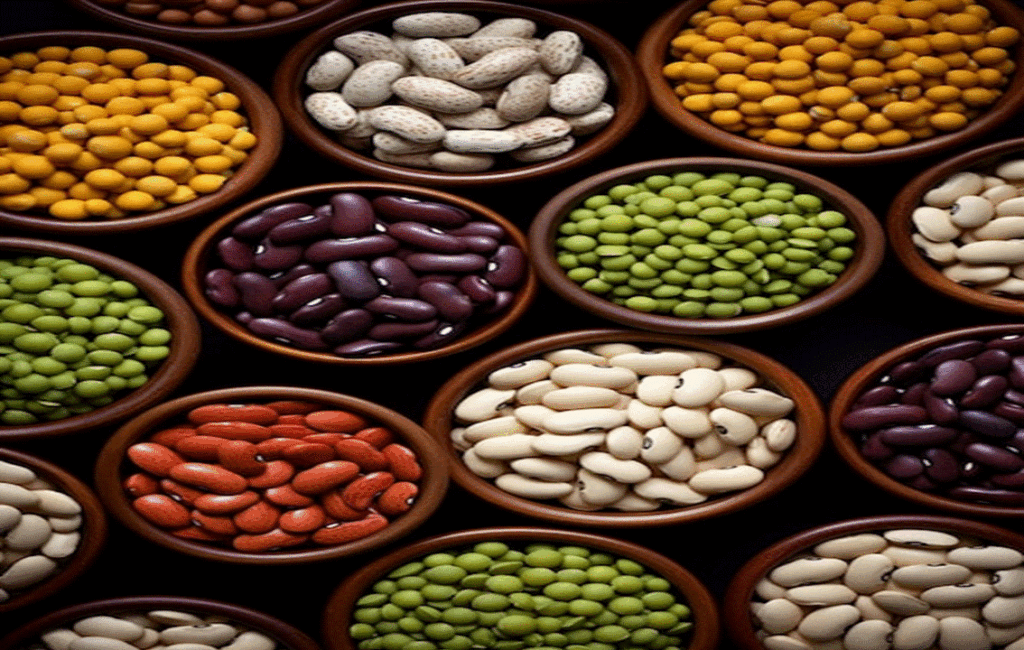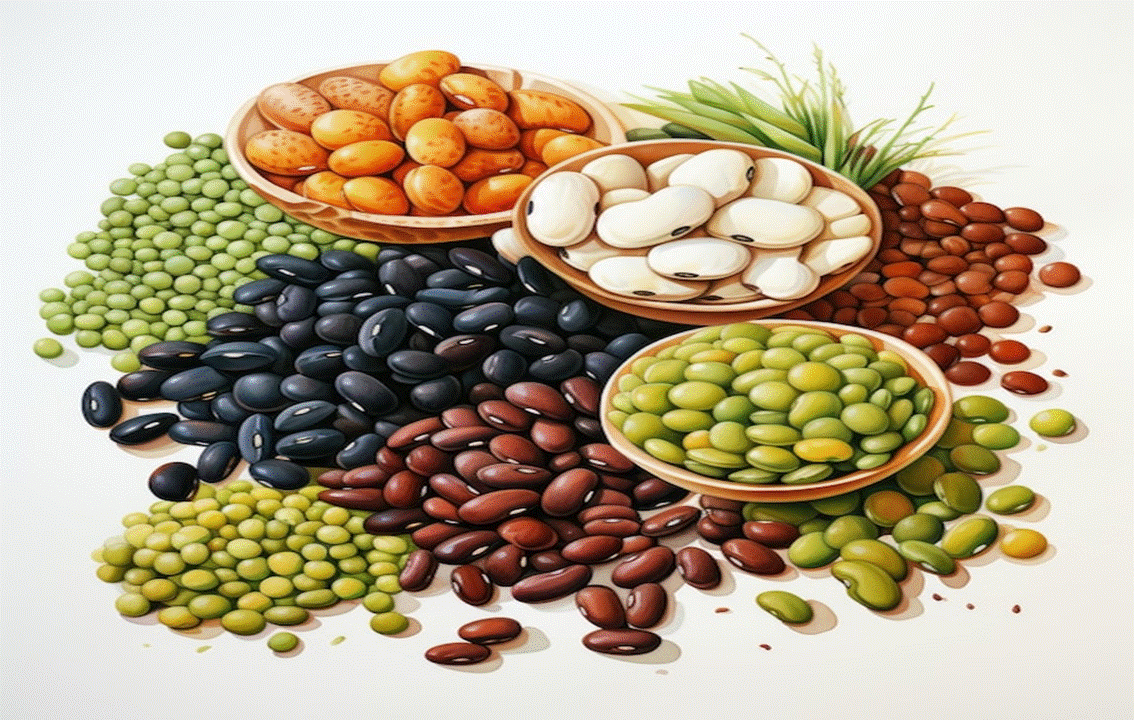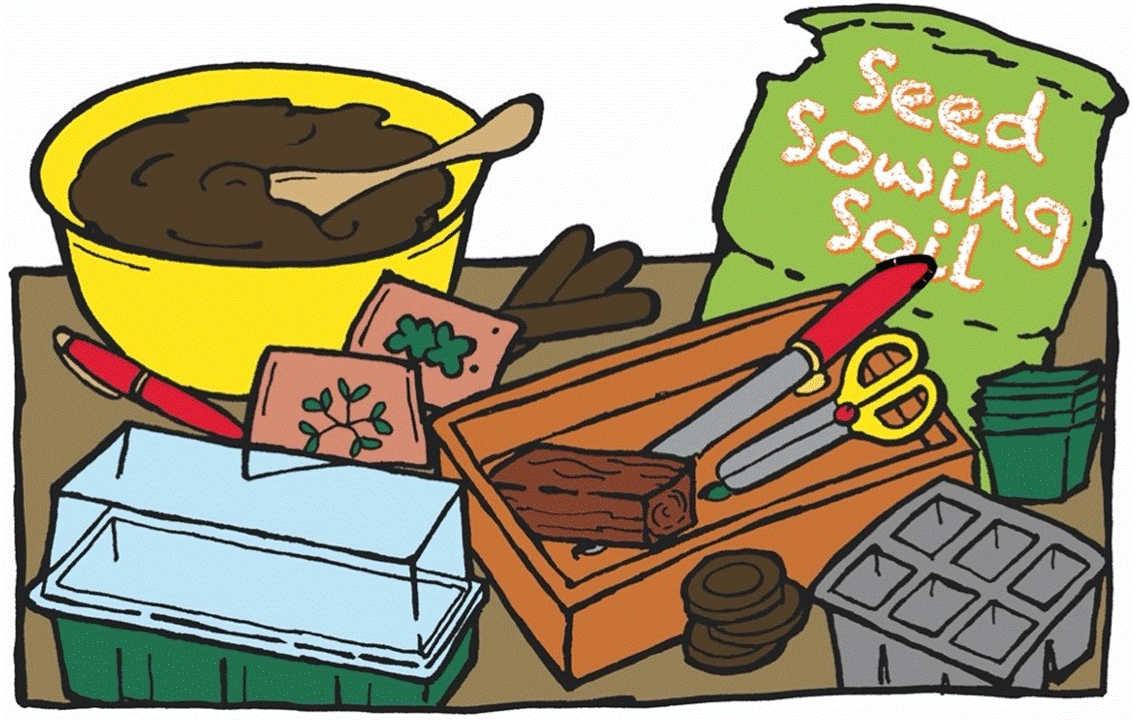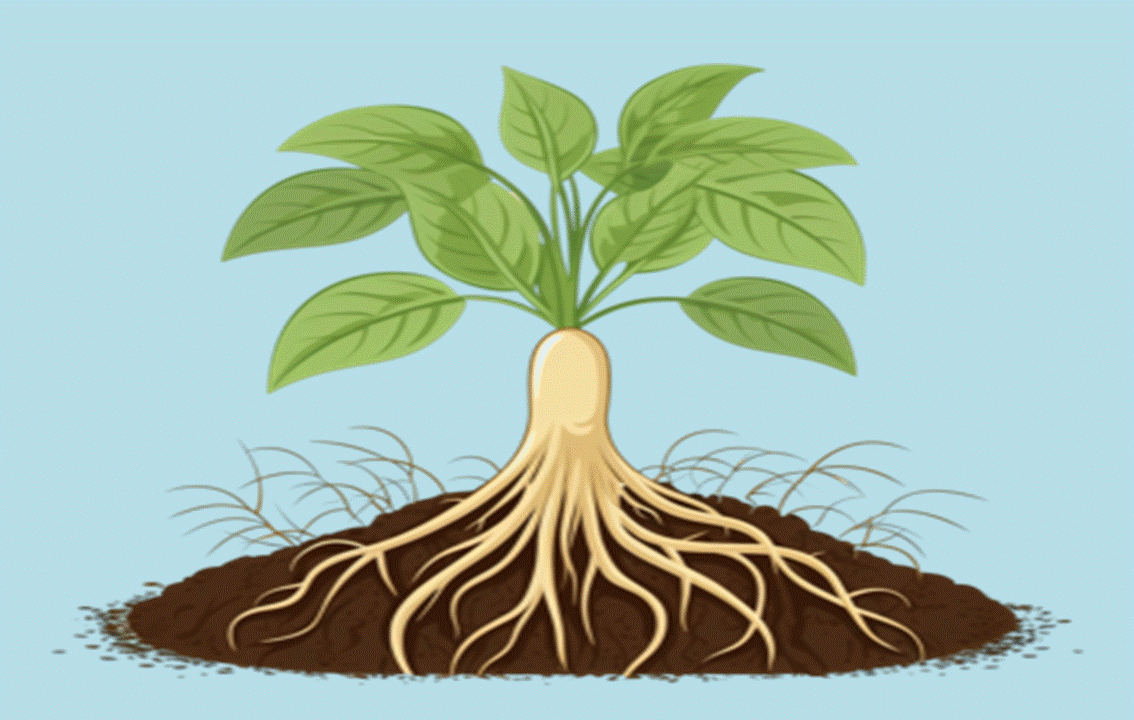ONE OF THE FOUR VEGETABLE FAMILIES
As well as providing crop yield, planting legumes in an organic garden can significantly enhance soil health and promote biodiversity, however, legumes that are well suited to the local climate and soil type have to be sown at the correct time of year for optimal results. There are two main times when legumes should be planted. Spring, after the last frost, will result in a harvest during late summer, whilst sowing during late summer will ensure an autumn harvest. Crop rotation is an important factor and planting legumes in different areas of the garden each year is paramount. This will help prevent disease and nutrient depletion and will improve soil structure. Planting seeds at an appropriate depth, for best germination, and ample crop spacing, to avoid overcrowding which can lead to disease, should be applied for optimum results.
Common popular legumes include
Peas
Beans
Lentils
Chickpeas
Integrating these practices will help to achieve successful results when planting legumes in your organic garden.
Soil Preparation: Ensure that soil is well draining and rich in organic matter. A good compost or well-rotted manure, to improve soil fertility and structure, should be applied to the soil before planting. Several legumes benefit from nitrogen-fixing bacteria, and it is good practice to inoculate seeds with the appropriate rhizobium bacteria, to enhance their nitrogen-fixing capacity.
Mulching: Use organic mulch to suppress weeds, retain moisture, and maintain an even soil temperature.
Watering: While legumes are generally drought-tolerant, consistent moisture is advised, especially during germination and flowering.
Pest Control: Plants should be constantly monitored for pests and diseases. Organic methods of pest control, such as neem oil or insecticidal soap, should be used as and when required to control pests .
Harvesting: Harvest legumes when they are mature but not overripe to ensure the best flavour and quality. Allow some to remain in the ground to enhance nitrogen in the soil for future crops.







